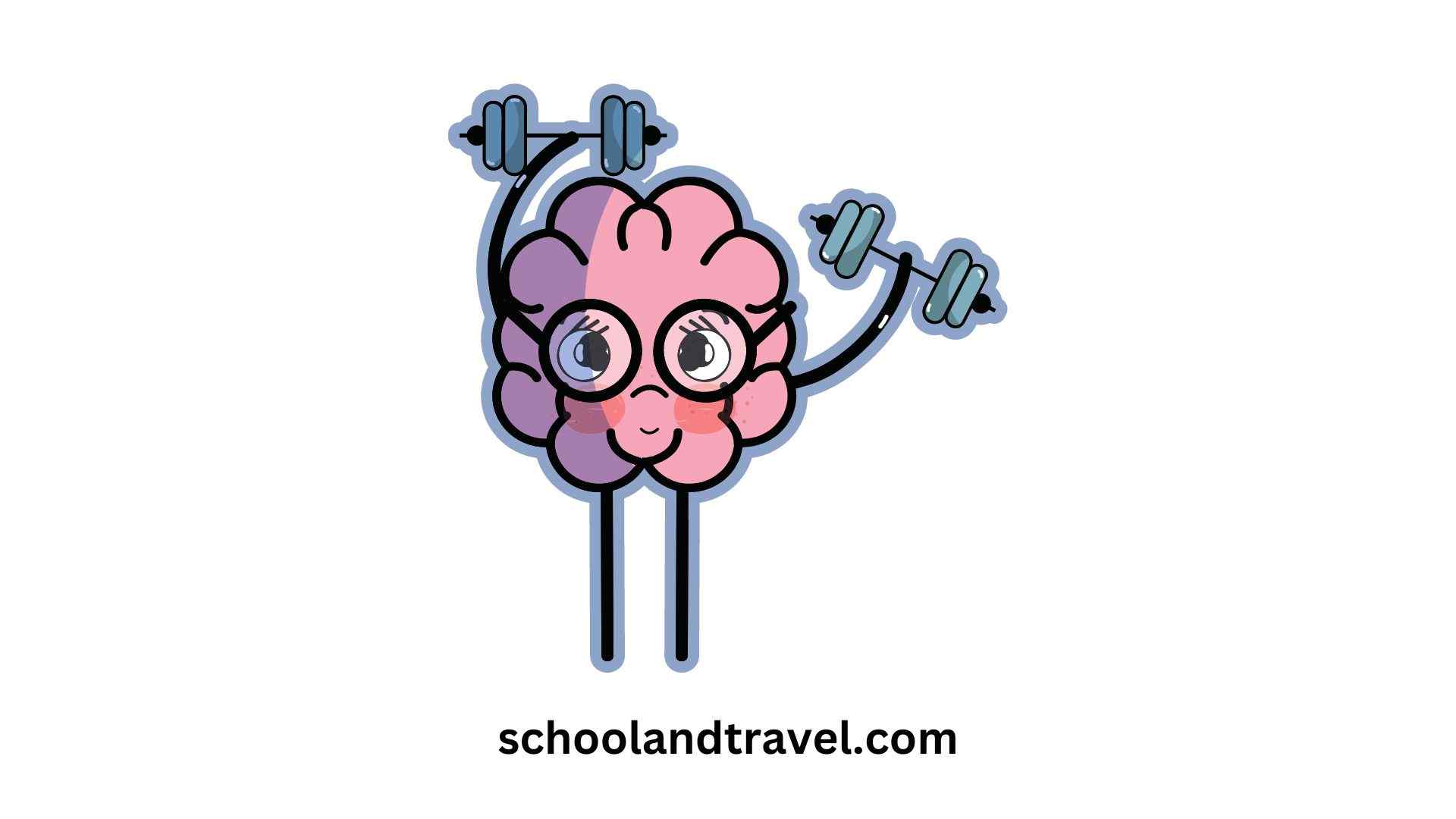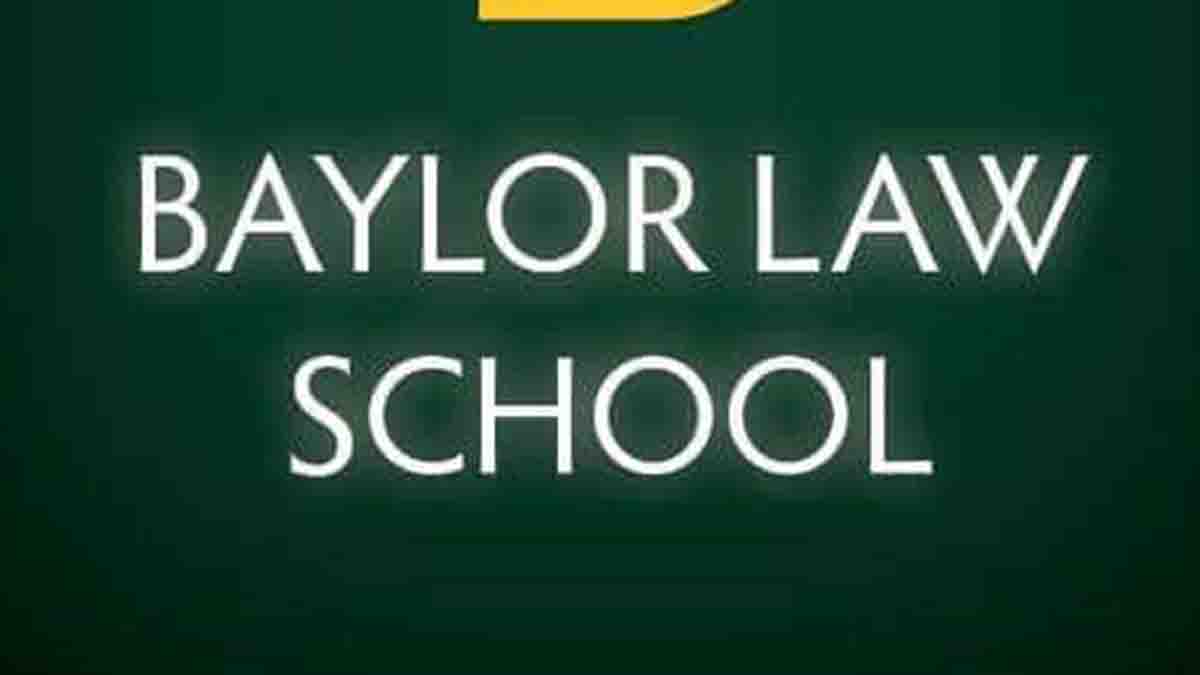Plagiarism is a serious ethical concern that undermines academic and creative integrity.
While direct copying of someone else’s work is widely known, there is a subtler and often overlooked form of plagiarism known as incremental plagiarism.
Unlike blatant plagiarism, incremental plagiarism involves fragmented copying and slightly modifying various sources, making it harder to detect.
This article aims to shed light on this type of plagiarism, and its various forms.
What is Incremental Plagiarism?
Incremental plagiarism refers to gradually copying and incorporating small portions of someone else’s work into one’s own without proper attribution.
It involves taking ideas, phrases, sentences, or paragraphs from various sources and integrating them into a new piece of work, giving the impression that it is original.
Incremental plagiarism is often subtle and can be challenging to detect, as it involves the gradual accumulation of borrowed content over time.
Types of Incremental Plagiarism and How They Can Occur:
1. Paraphrasing without Attribution
This form of incremental plagiarism involves rephrasing someone else’s work or ideas without giving proper credit. E.g.
Original Source:
“The burning of fossil fuels releases greenhouse gases into the atmosphere, contributing to global warming. This phenomenon leads to various environmental and social consequences, including rising temperatures, melting ice caps, and increased frequency of extreme weather events.”
Plagiarized version:
“Burning fossil fuels emits greenhouse gases into the air, which causes global warming. This leads to a range of environmental and societal effects such as higher temperatures, melting polar ice, and more frequent extreme weather occurrences.”
In this example, the writer rephrased the original source’s content without proper attribution.
Although the sentence structure and some words have been altered, the overall content and meaning remain the same.
Without acknowledging the original source, it gives the impression that the paraphrased content is the writer’s original idea or knowledge when it is derived from the original source.
Proper attribution would involve citing the book or author from which the information was obtained.
2. Mosaic Plagiarism
Also known as patchwriting or remixing, mosaic plagiarism involves rearranging phrases, sentences, or paragraphs from various sources to create the original work’s appearance. E.g.
Original Source:
“The advancement of technology has revolutionized the way we communicate. The internet and social media platforms have provided new channels for people to connect and share information globally.”
Plagiarized version:
“The internet and social media platforms have completely transformed the way we communicate in today’s world. With the help of these technological advancements, people are now able to connect and share information on a global scale.”
In this example, the person engaging in mosaic plagiarism has taken the original source’s ideas and structure but slightly changed the wording.
The overall meaning and message of the paragraph remain the same. Still, the writer has attempted to create the illusion of the original work by rearranging and rephrasing some sentences.
However, the writer needs to properly attribute the original source, making it a form of plagiarism.
3. Sentence-level plagiarism
In this form, individual sentences or phrases are copied directly from a source without proper citation. E.g.
Original Source:
“The importance of regular exercise in maintaining a healthy lifestyle cannot be overstated. Physical activity not only improves cardiovascular health but also enhances mental well-being.”
Plagiarized Version
“Regular exercise is crucial for maintaining a healthy lifestyle. Engaging in physical activity not only boosts heart health but also contributes to overall mental well-being.”
In this example, the second version of the sentences has been directly copied from the original source without giving proper credit.
The writer has used the same structure and meaning but slightly changed the wording.
However, since there is no proper citation or acknowledgment of the original source, it constitutes sentence-level plagiarism.
4. Idea Plagiarism
This occurs when someone presents another person’s original thoughts as their own without acknowledging the source. Even if wording changes, using someone else’s ideas without proper credit is plagiarism.
Original Source:
“The theory of multiple intelligences suggests that individuals possess different types of intelligence, such as linguistic, logical-mathematical, spatial, musical, bodily-kinesthetic, interpersonal, and intrapersonal intelligences.”
Plagiarized Version:
“People have different types of intelligence, including linguistic, logical-mathematical, spatial, musical, bodily-kinesthetic, interpersonal, and intrapersonal intelligences.”
In this example, the person has plagiarized the idea from the original work without providing proper attribution.
Although the wording has changed slightly, the core concept and the categorization of different intelligences remain the same.
Presenting the idea as their own without acknowledging the original source constitutes idea plagiarism.
5. Data or Information Plagiarism
This form of incremental plagiarism involves copying and presenting data, statistics, or factual information without citing the original source.
It can occur when someone uses tables, charts, graphs, or research findings without crediting the original authors or researchers.
Original Source:
According to a study conducted by Smith et al. (2019), it was found that regular exercise can reduce the risk of cardiovascular disease by 30%.
Plagiarized Version:
It has been discovered that engaging in regular physical activity can decrease the likelihood of cardiovascular disease by 30%.
In this example, the plagiarized version presents the information without acknowledging the original source.
The content has been slightly modified, but the key information and findings remain the same.
By failing to provide proper attribution to the original authors (Smith et al., 2019), the writer commits information plagiarism.
6. Self-plagiarism
Although not strictly incremental plagiarism, self-plagiarism can also be considered a form.
It occurs when an individual reuse their own previously published work without proper citation or indication that it has been previously used.
‘Let’s say a student named Alex has written a research paper on the topic of climate change for their Environmental Science course. Later, in a different semester, Alex is tasked with writing a paper for a Social Science course on the effects of climate change on society. Instead of conducting new research and writing a fresh paper, Alex decides to reuse large portions of their previous research paper on climate change without proper citation or acknowledgement.’
In this example, Alex’s actions constitute self-plagiarism. While they are the original author of the content, reusing their work without proper citation or indication that it has been previously used is considered unethical.
By presenting previously published material as new, Alex is misleading their instructor and violating academic integrity.
It is essential for individuals always to provide appropriate references and citations, even when using their own work, to maintain academic honesty and transparency.
Differences between Incremental Plagiarism and Global Plagiarism
1. Definition
Incremental plagiarism involves the gradual and subtle incorporation of small portions of someone else’s work without proper attribution.
It entails taking ideas, phrases, sentences, or paragraphs from various sources and integrating them into one’s work, giving the impression of originality.
Global plagiarism, on the other hand, refers to the complete and wholesale copying of an entire work or significant portions of it without any attribution.
2. Scope
Incremental plagiarism occurs on a smaller scale and involves borrowing specific elements from different sources over time.
It involves the accumulation of borrowed content, making it harder to detect.
Global plagiarism, on the other hand, involves taking an entire work, such as an article, essay, or paper, and presenting it as one’s own without any modifications or acknowledgments.
3. Awareness
Incremental plagiarism often happens unintentionally or due to negligence.
It may occur when a writer needs to attribute sources or adequately paraphrase and cite borrowed material properly.
In contrast, global plagiarism is typically a deliberate and conscious act where an individual knowingly presents someone else’s work as their own without any attribution or credit.
4. Detectability
Incremental plagiarism can be more challenging to detect compared to global plagiarism.
Since it involves borrowing small portions of content from multiple sources, it may not trigger conventional plagiarism detection tools that primarily focus on identifying verbatim matches.
Global plagiarism, on the other hand, is usually easier to detect using plagiarism detection software, as the copied work is presented in its entirety.
5. Severity
Both forms of plagiarism are considered unethical and violate academic integrity principles.
However, global plagiarism is often seen as more severe and blatant since it involves wholesale copying without modifications or acknowledgments.
The consequences of global plagiarism are typically more severe, including academic penalties, disciplinary actions, and reputational damage.
6. Originality
Incremental plagiarism undermines originality by incorporating borrowed content into one’s work without proper attribution.
It gives a false impression of original thought and ideas.
Global plagiarism completely disregards originality, as the entire work is copied without any attempt to provide original content or credit the original author.
Frequently Asked Questions (FAQs) on Incremental Plagiarism
While plagiarism is not a criminal offense, it is widely regarded as an ethical violation and academic misconduct. Plagiarism can lead to severe consequences within educational institutions, including academic penalties and reputational damage. However, certain forms of plagiarism, such as copyright infringement or plagiarism in commercial contexts, may have legal implications under intellectual property laws.
A 30% plagiarism rate is significantly high and should be a cause for concern. It indicates that nearly one-third of the content is borrowed without proper attribution. It is crucial to address and rectify this level of plagiarism to maintain academic integrity and ensure originality in your work.
Lazy plagiarism refers to a form of academic dishonesty where minimal effort is made to conceal the act of plagiarism. It involves directly copying or making superficial changes to someone else’s work without providing proper attribution or citation. Lazy plagiarism often includes verbatim copying or minor paraphrasing, displaying a lack of originality and effort in the work produced.
Copying an image without proper attribution or permission can be considered plagiarism. Plagiarism encompasses more than just textual content and extends to the unauthorized use or reproduction of visual elements, including images, photographs, and graphics. When using images in academic or professional work, it is essential to adhere to copyright laws and provide proper attribution to the image’s source, whether created by someone else or obtained from a licensed stock image provider.
Conclusion
Incremental plagiarism poses a significant threat to originality and intellectual honesty.
Its subtle nature makes it challenging to identify, yet it can have severe consequences for individuals and institutions.
Awareness and education about plagiarism should be prioritized to combat this unethical practice.
Emphasizing the importance of proper citation, originality, and critical thinking is vital in fostering a culture of academic integrity.
Awesome one; I hope this article answers your question.
Editor’s Recommendations:
- 5 Plagiarism Checkers to check plagiarism in School Assignments
- Plagiarism vs. Paraphrasing: What’s the Difference?
- What Does “Suing A University” Mean? (FAQs)
- How To Write References In APA Format
- Self-Plagiarism in College (Meaning, Charges, Dos & Donts)
If you find this article good, please share it with a friend.




